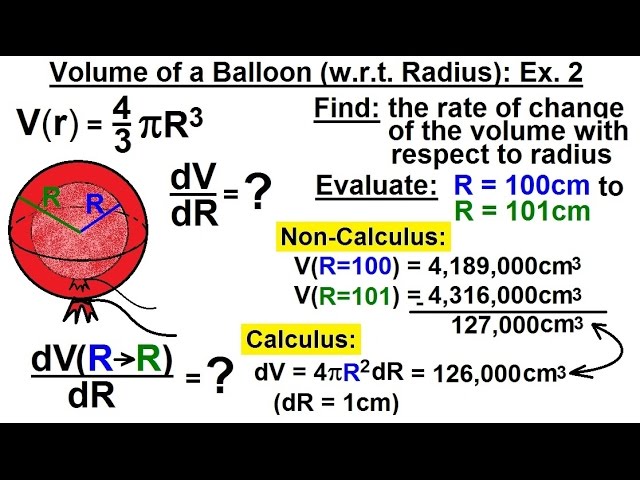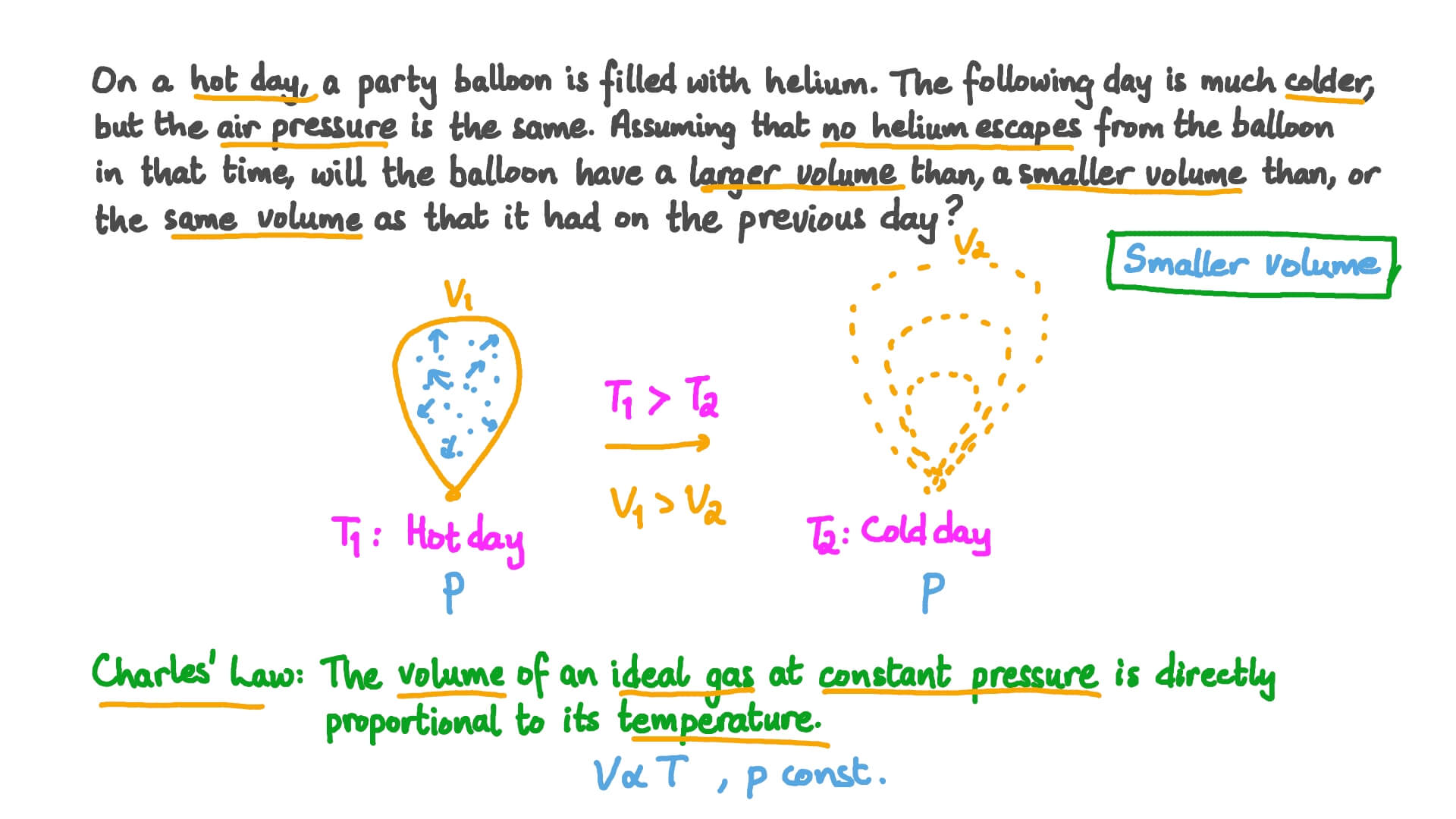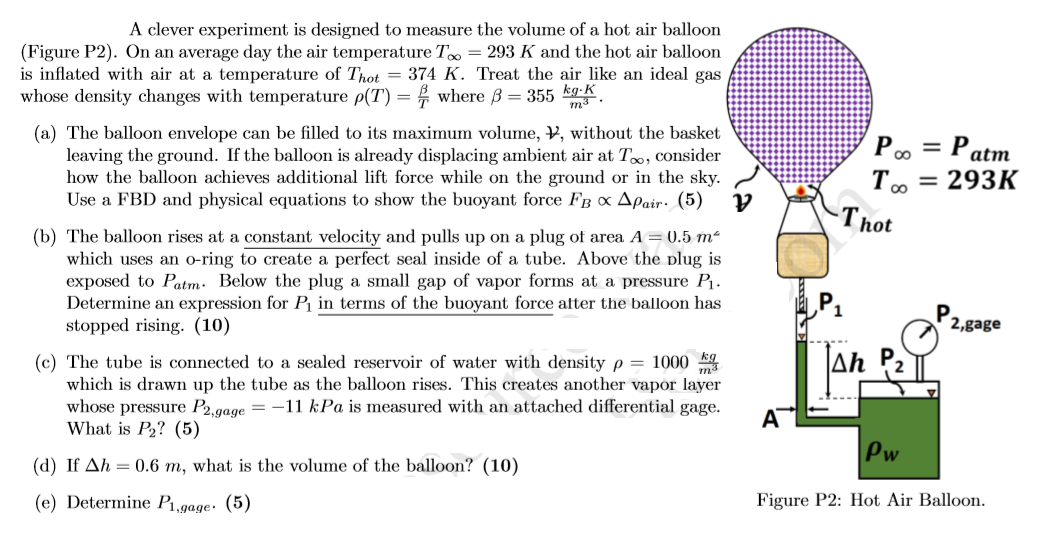Alright, let’s talk about figuring out the volume of a balloon. This sounds simple, right? Like, kids’ stuff. But I actually spent some time fiddling with this the other day and wanted to share what I went through.

Getting Started – The Obvious Thought
So, I needed a rough idea of how much air a balloon holds. My first thought, like probably everyone’s, was “It’s kinda like a ball, right?”. So, I figured the good ol’ sphere formula would do the trick. You know the one:
Volume = (4/3) pi (radius cubed)
Easy enough, I thought. Just gotta measure the balloon.
The Measurement Problem
Okay, here’s where it got a bit messy. I blew up a few balloons. None of them were perfect spheres. Some were more oval, some kinda pear-shaped, especially near the knot. So, what’s the ‘radius’?
- I tried measuring the widest part and dividing by two.
- I tried measuring the height and width and averaging them somehow.
- It felt… imprecise. Very much guesswork.
A perfectly round balloon is rare unless you maybe under-inflate it a lot or get those special spherical ones. Regular party balloons just don’t play ball, literally.

Trying to Calculate Anyway
I decided, for the sake of getting some number, I’d just measure the widest part, call that the diameter, halve it for the radius, and plug it into the sphere formula.
Let’s say I measured a balloon that was about 10 inches across at its widest. Radius is 5 inches.
So, I did the math: (4/3) 3.14159 (5 5 5). That’s (4/3) 3.14159 125.
It comes out to something around 523 cubic inches. Okay, that’s a number.
Reality Check and What I Learned
But is it accurate? Nah, probably not very. Because the balloon wasn’t a sphere.

What I realized through this little exercise is that:
- The standard sphere formula is really just an approximation for most balloons.
- Getting a truly accurate volume would be way more complicated, maybe involving water displacement (which sounded messy) or some calculus I haven’t touched in ages.
- For most practical purposes, like figuring out roughly how many balloons a helium tank can fill, using the sphere formula with the widest diameter is likely good enough. It gives you a ballpark figure.
So yeah, that was my journey with the balloon volume formula. Started simple, got a bit tricky with the real-world shapes, but ended up back at the simple formula as a practical estimate. Sometimes the easy way is okay, as long as you know it’s not perfect.
